
Bamboo Preservation
Most bamboos have a low resistance to biological degrading organisms and need specialized bamboo preservation techniques. A wide range of treatment methods are known to improve its durability.
At Guadua Bamboo®, we are dedicated to providing comprehensive resources on the preservation and treatment of bamboo. On this page, you will find a wealth of articles and forum discussions covering various techniques and methods for preserving and treating bamboo to ensure its longevity, durability, and sustainability. Whether you are a bamboo enthusiast, a builder, or an architect, our goal is to equip you with the knowledge and insights needed to make informed decisions when buying bamboo poles for construction related applications. Join our community and delve into the world of bamboo as one of nature's most versatile and resilient materials.
Untreated bamboo, just like almost any other wood, has a high chance of being attacked by insects. Bamboo insect infestation occurs due to the presence of starch and other carbohydrates. Insects obtain their food supply from the bamboo and degrade it.
The forming of mold, spores and mildew on the surface of bamboo canes is not uncommon, especially when bamboo is not 100% dry, or when products are shipped internationally in ocean freight containers.
Storing bamboo in water or "leaching bamboo" is a traditional bamboo preservation method, used by indigenous communities and farmers of several Asian and Latin American regions. In Latin America it has been the tradition to transport bamboo from the mountain and jungle areas towards the urban centers by means of bamboo rafts.
Chemical preservation (with or without the help of special equipment) ensures long term protection. Depending upon the method of bamboo treatment, chemical preservatives can impart short term or long term protection.
Drying bamboo poles requires more time than wood of similar density. This because bamboo possess hygroscopic materials (compound that easily absorbs moisture) that may contain 50-60% moisture content, depending on the felling season, area of growth and species.
Forum Discussions
Does anyone have experience with this bamboo pest? We have found the bug at all stages (pupae, larvae, adult) in our poles which were treated prior to installation in our house (3 week wash, dry then permethrin soak treatment method). Some of the infested poles are three years old already.
I make Helmet stands for Collectors of Militaria. The US M1 helmet is very popular when used with the Camoflage helmet Cover used in the Vietnam War. I recently had access to freshly cut Bamboo and used it on the display.
I'm trying to maintain the concentration of a Borax/Boric acid in our bamboo treatment tank. We add additional salts as we top up with water due to the level drop, which must be part due to absorption and part due to incomplete drainage of the poles back into the tank, but after some years and many batches I'm concerned that the solution may not be at optimum strength.
I have a serious problem with my bamboo furniture being attacked by beetles. I would be very appreciative if anyone can give me a solution…
I am working on a floating house design and would like to use bamboo as a floating foundation. Now my question is how long will bamboo that is partially underwater last?
I want to use bamboo poles as structural elements in my ranch but we have water sprinklers to keep certain crops fresh all year. How can we treat the poles in order to keep it in use at least 6 years buried in soil inside the wet ground?
I have a question for my research, what would be the best preservation technique to use on structural bamboo? It needs to be fire resistive too. Will a boric acid-borax solution suffice? Or would an additional clear external intumescent coating help?
I've read that submerging bamboo in sea water is another traditional treatment of bamboo. How long-lasting will the bamboo be using this treatment?

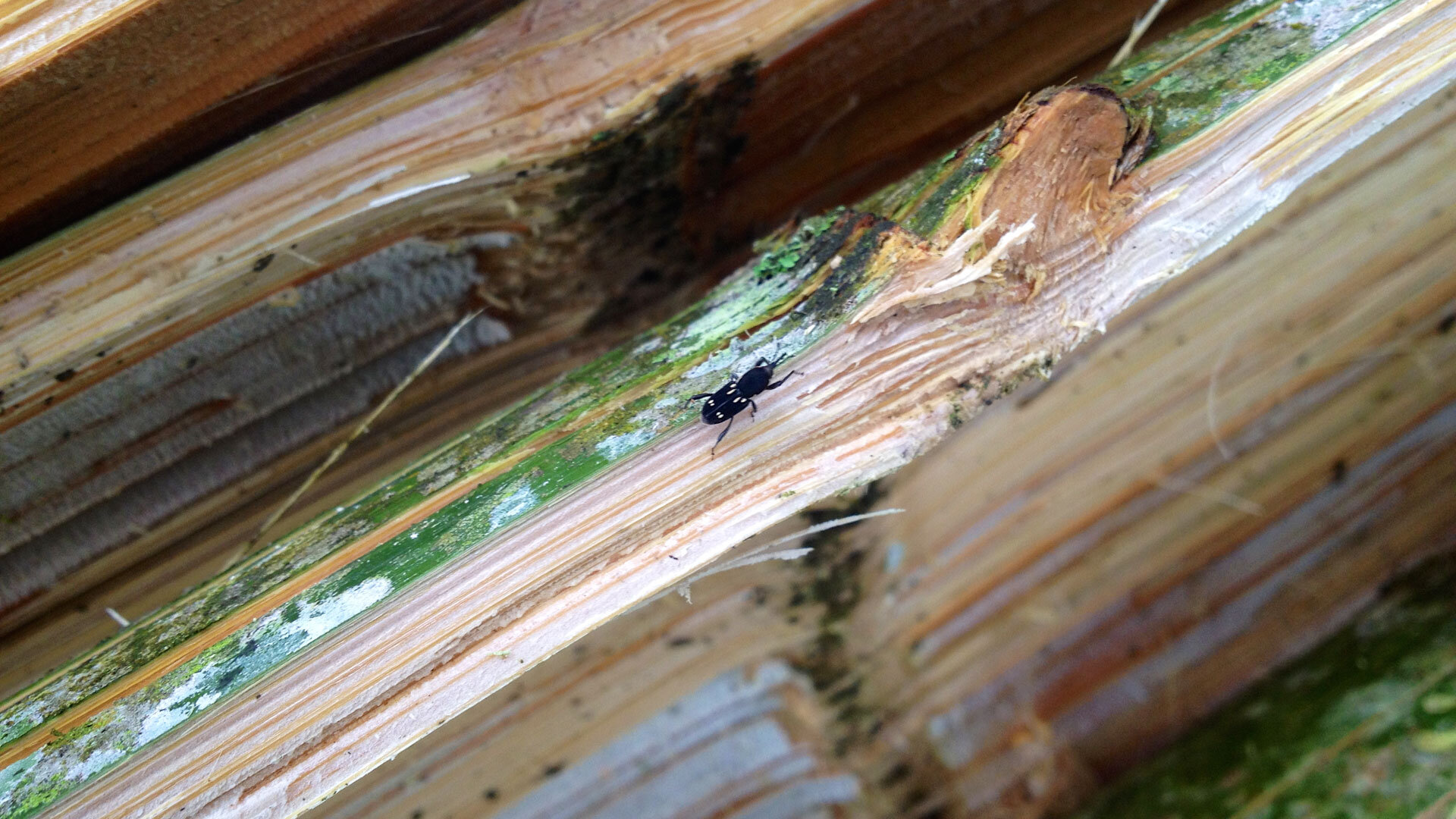
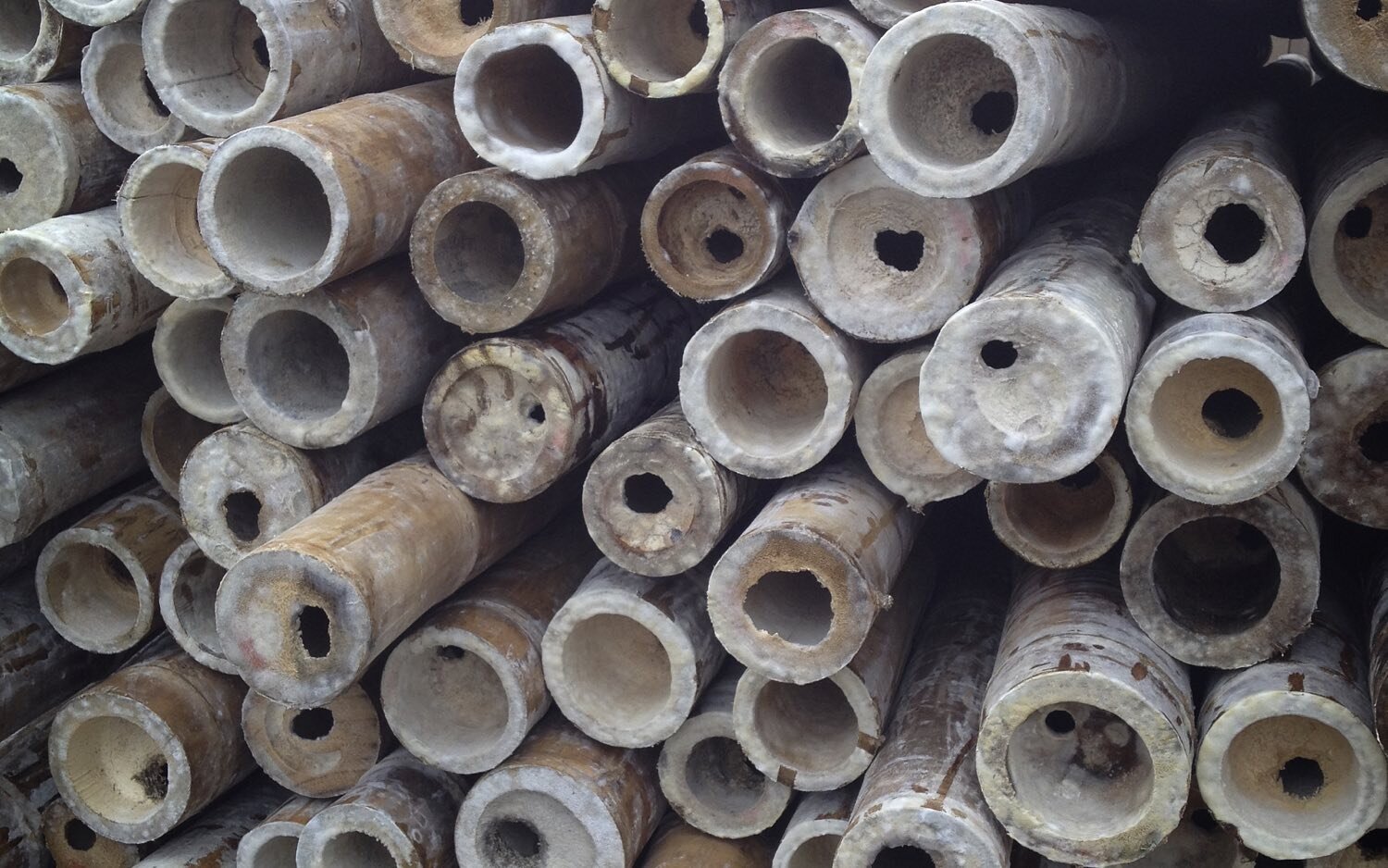
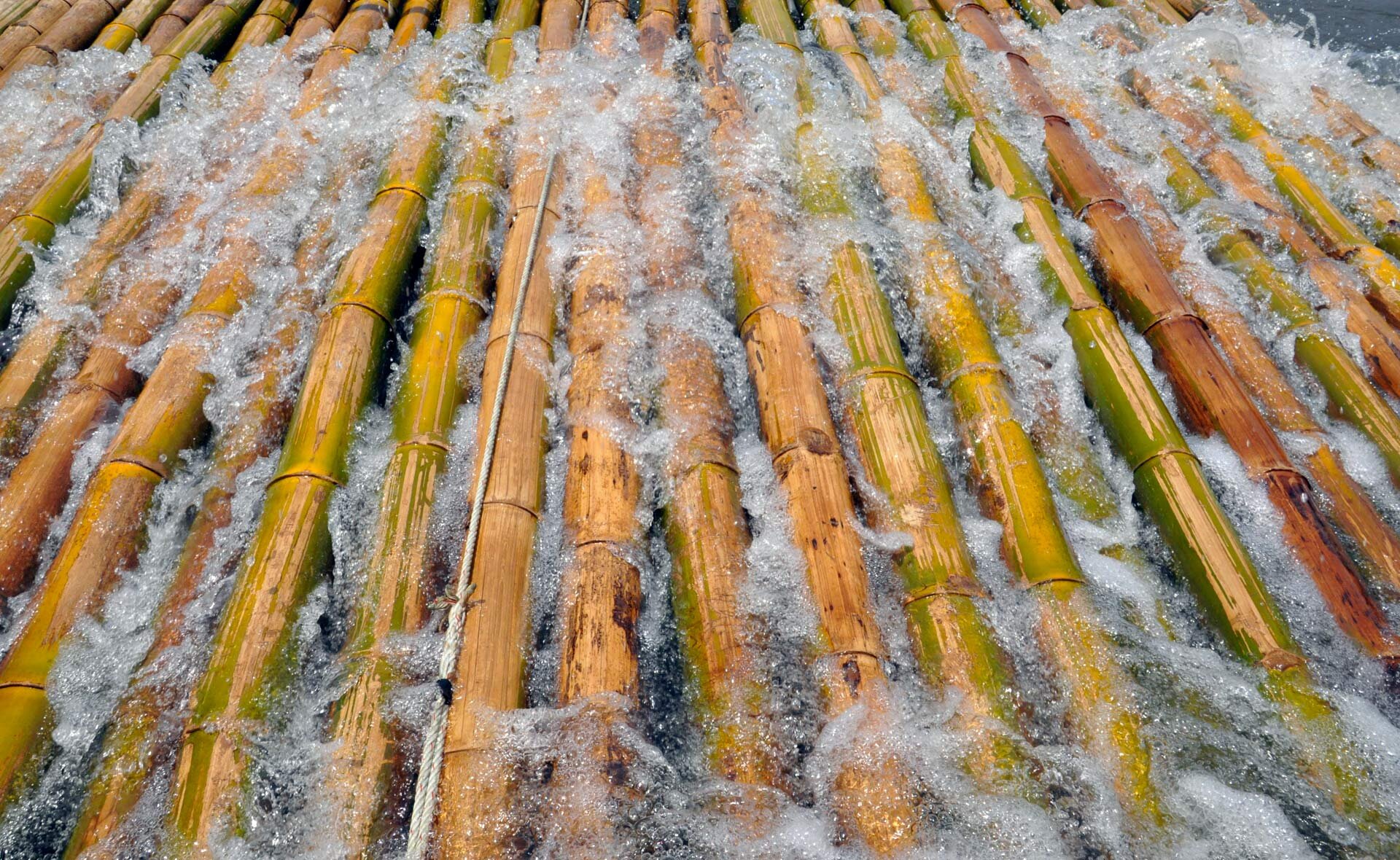
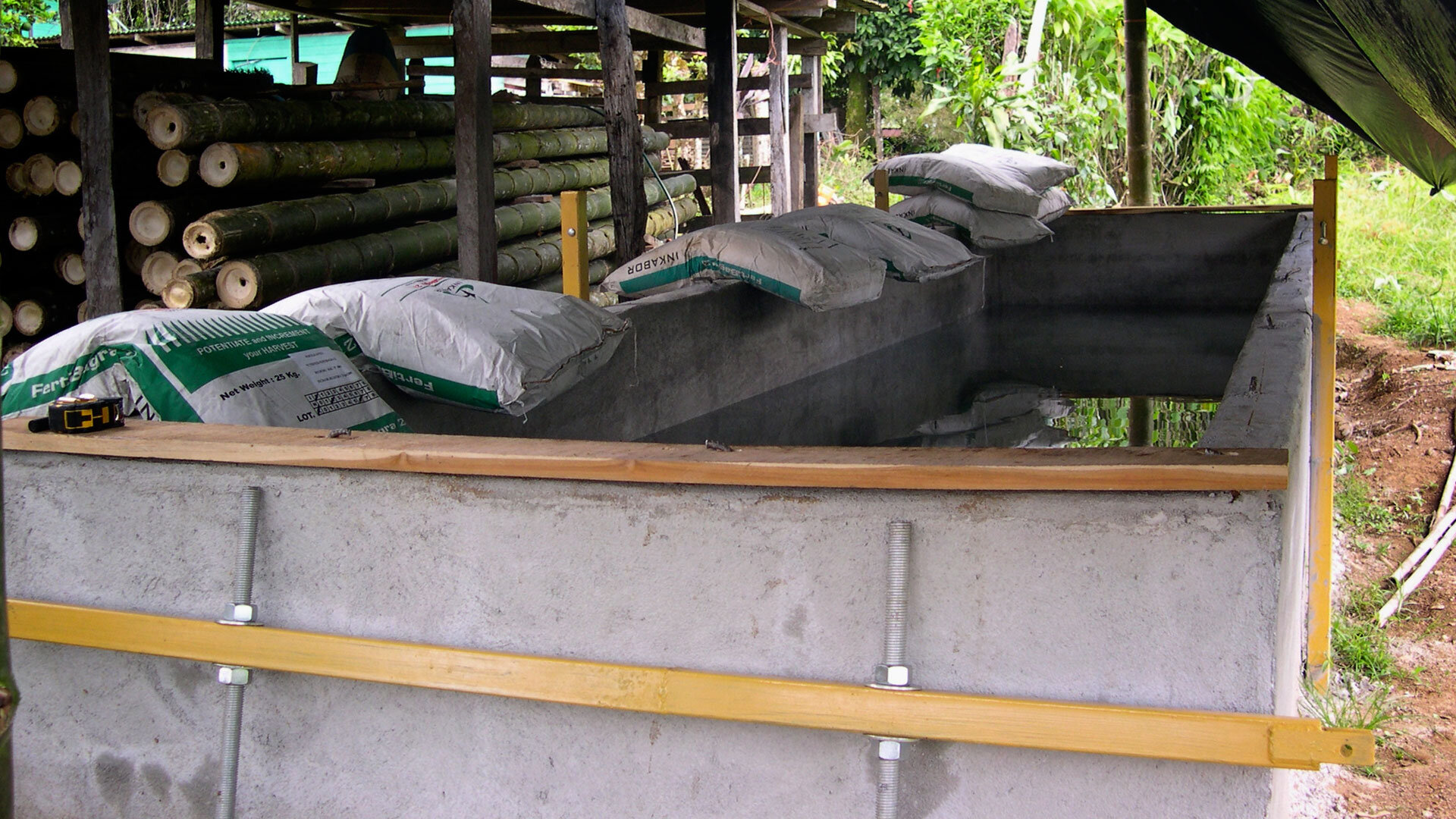
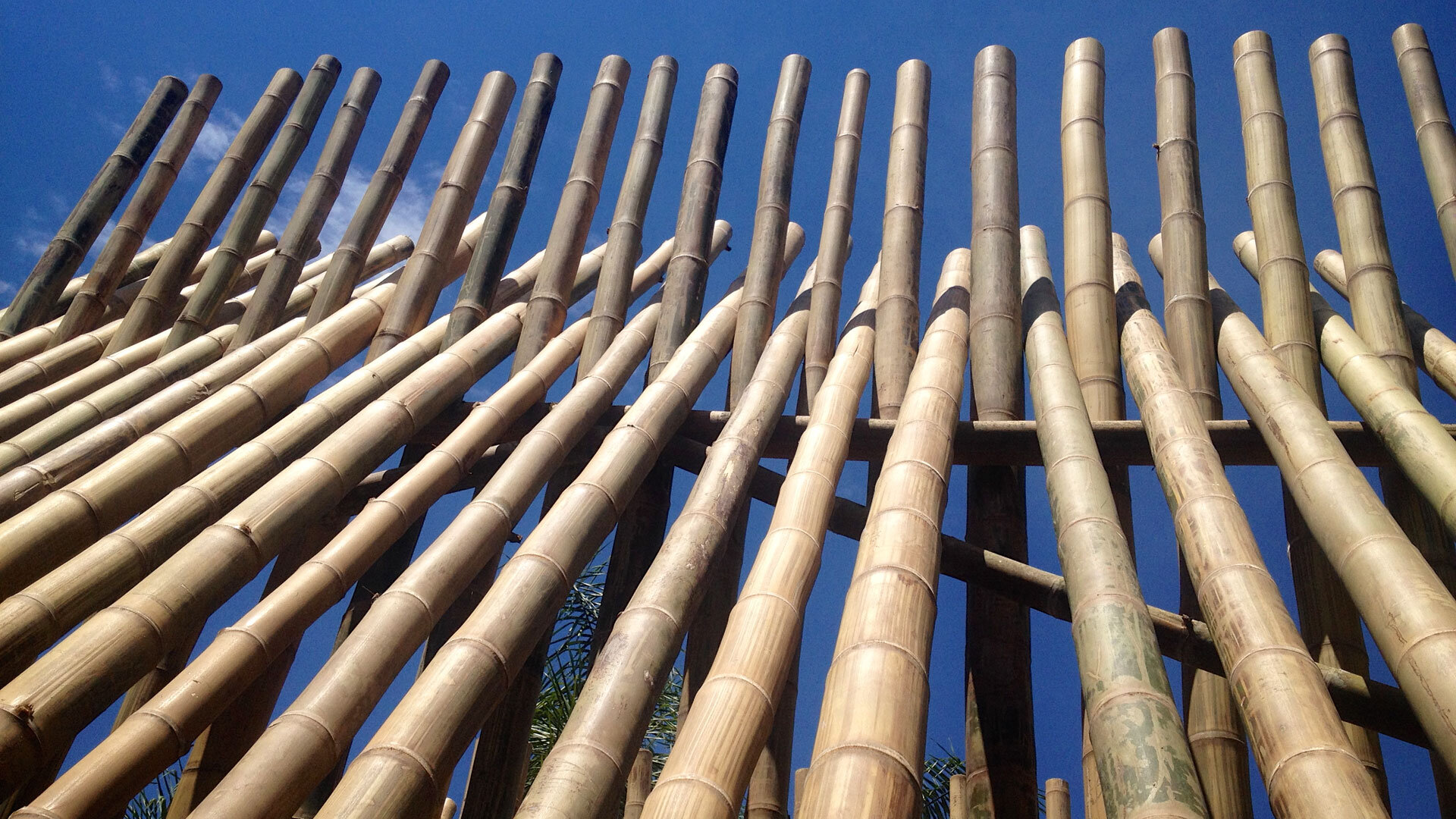
Without any protective treatment, most bamboo species have an average natural durability of less than 2 years. Stored under cover, untreated bamboo may last 4-7 years.